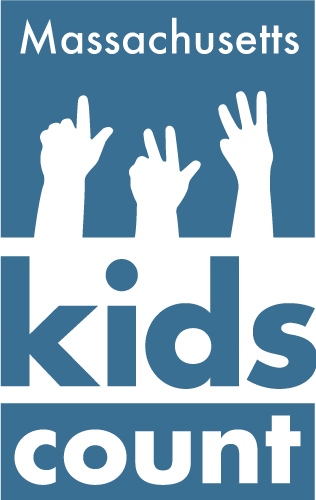For Immediate Release
Contact: Reginauld Williams, Communications Director
617-426-1228, x 102, rwilliams@massbudget.org
BOSTON – March 24 – As the legislative debate heats up around affordable higher education, new analysis from the Massachusetts Budget and Policy Center (MassBudget) examines the impact of tuition-free and debt-free public community college and higher education opportunities for students in Massachusetts. The new report comes as the Legislature considers debt-free versus tuition-free public higher education. Choosing Equity: Options for Making Public Higher Education Affordable, authored by MassBudget analyst and state policy fellow, Anastasia Martinez, finds stark disparities in the costs of public higher education that students in Massachusetts face.
Among the key findings:
- The net cost to attend college for a median Black or Latinx household is about two times that of a White household, as a percentage of their household income;
- The state has not adequately funded higher education in recent decades. The state has continued to choose to either cut state aid or provide level funding for state public higher education, resulting in institutions shifting costs to students and families by raising tuition and fees; and,
- Many students turn to scholarships to help pay for their education. State scholarships, however, have also not been adequately funded, which forces students and families to turn to loans. As a result, students are graduating with increasing debt.
“While college education is one of the greatest economic benefits of recent generations, there are options for the Commonwealth to make this more sustainable,” said Martinez. “Affordable public higher education should a right for all. It’s an incredible opportunity to help close the racial wealth gap, and set future generations of Black, Latinx, Indigenous, and low-income students up for prosperity.”
Debt-free public higher education means that students would have the ability attend classes, meet their own basic needs such as food and housing, without needing to take out loans or other means of debt.
Debt-free community colleges would help approximately:
- 26,000 students of color;
- 13,000 part-time students;
- 35,000 female students; and,
- 25,000 students from low-income households making less than $30,000 annually.
Debt-free public higher education would help approximately:
- 44,000 students of color;
- 16,000 part-time students;
- 70,000 female students; and,
- 39,000 low-income students making less than $30,000 annually.
Tuition-free public higher education, meaning that tuition and fees are eliminated from students’ cost of attendance, can also help close opportunity gaps for students. The report finds that:
- Tuition-free community colleges would help approximately 60,000 students.
- Tuition-free public higher education would help approximately 181,000 students.
Interested in learning more about the programs and the costs?
Read the full Choosing Equity report here.
###





